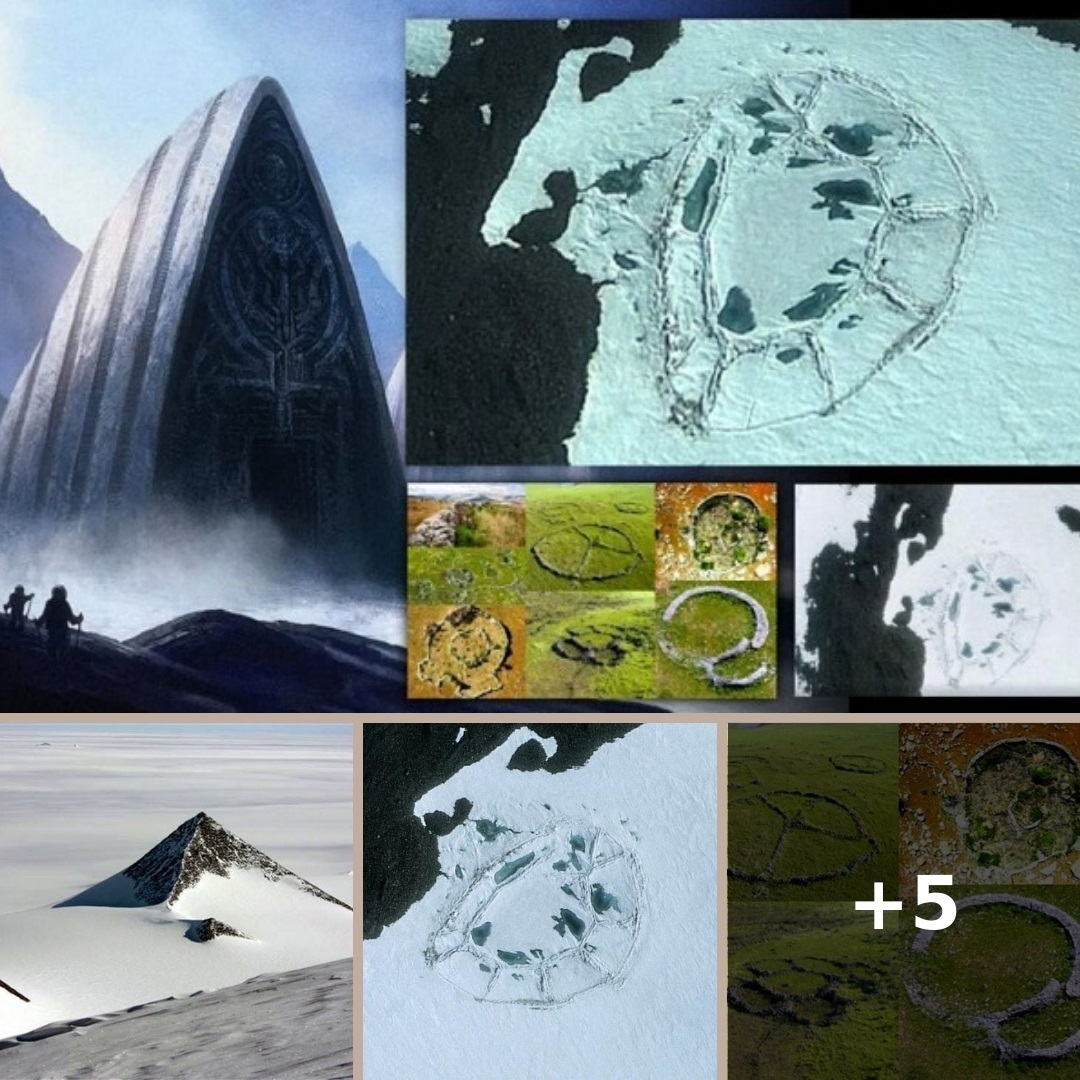In January 2012, a strange ‘building’ had appeared on the icy continent of Antarctica, which is claimed to be home to a hidden ancient city.
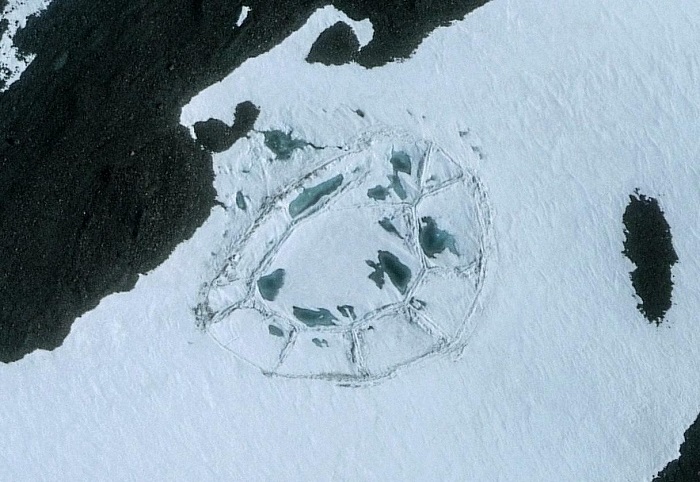
The mysterious structure appears to be 400ft across and man-made, with its discovery added to a mounting list of evidence which claims there could be a hidden city frozen underneath the surface. Antarctica is largely uninhabited due to its freezing temperatures. It has been estimated that the continent reached the present-day ice level at 6,000 years ago, and it’s completely covered with ice through the ages.
Scientists initially suspected the strange mound was sastrugi ― sharp grooves formed on snow by strong winds. But this phenomena normally has short, sharp, edges and the mystery structure appears to be oval.
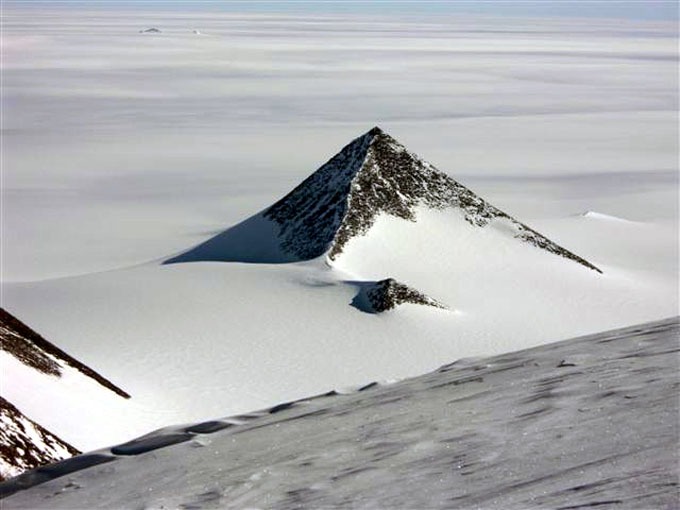
The claims came out just months after a huge pyramid-like shape was discovered on the freezing continent. Though, rumours of a hidden city underneath the ice have been circulating for years.
According to many theorists, the huge and mysterious “anomaly” stretches for 151 miles across and could be buried 848 metres underneath the land. Conspiracy theorists and even some scientists claim the freezing continent is actually the home of the legendary Lost City of Atlantis.
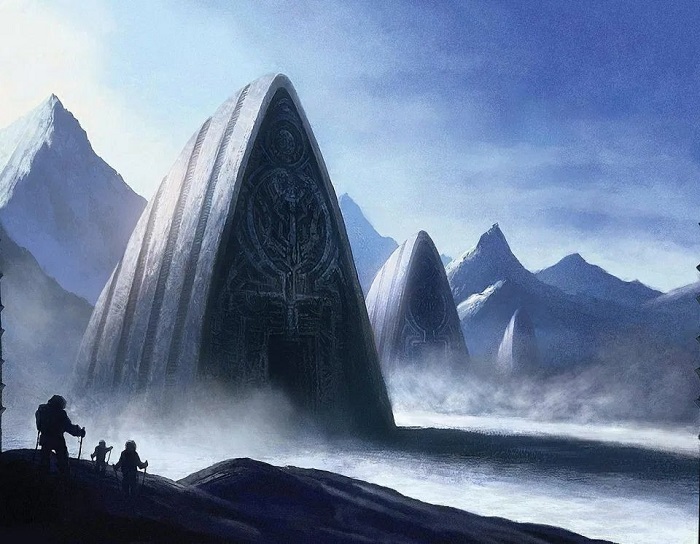
The theory alleges that movements in the Earth’s crust meant that large parts of Antarctica were ice-free 12,000 years ago and people could have lived there. Allegedly, a society could have existed before coming to an end with the last Ice Age which froze over the continent. And this could have been Atlantis, a mythical city founded by people who were half god and half human which was first mentioned by Greek philosopher Plato in 360BC.
Some theorists link this strange structure of Antarctica to some incredible ancient ruins discovered in Southern Africa because of their uncanny resemblance in shape and appearance. They are located in the local municipality of Emakhazeni, in the municipality of Nkangala district, in the province of Mpumalanga, South Africa.
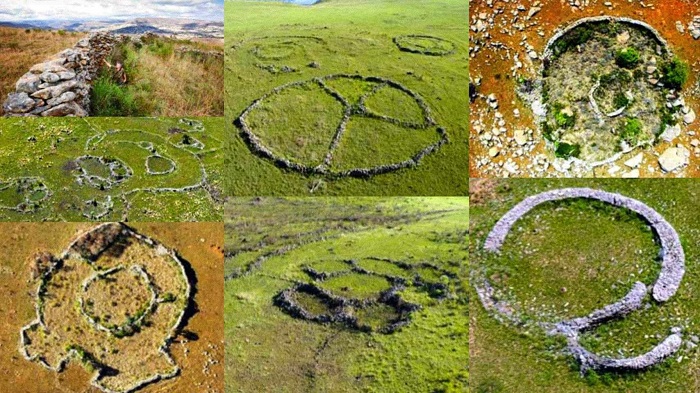
The walls of this ancient Southern African city are made of Dolerite. By calculating the rate of Dolerite erosion, the structure itself has been dated to 200,000 years old. The Antarctic structure and the remains found in South Africa both are enormously similar, as if the same construction techniques had been applied or as if the builders were the same.
